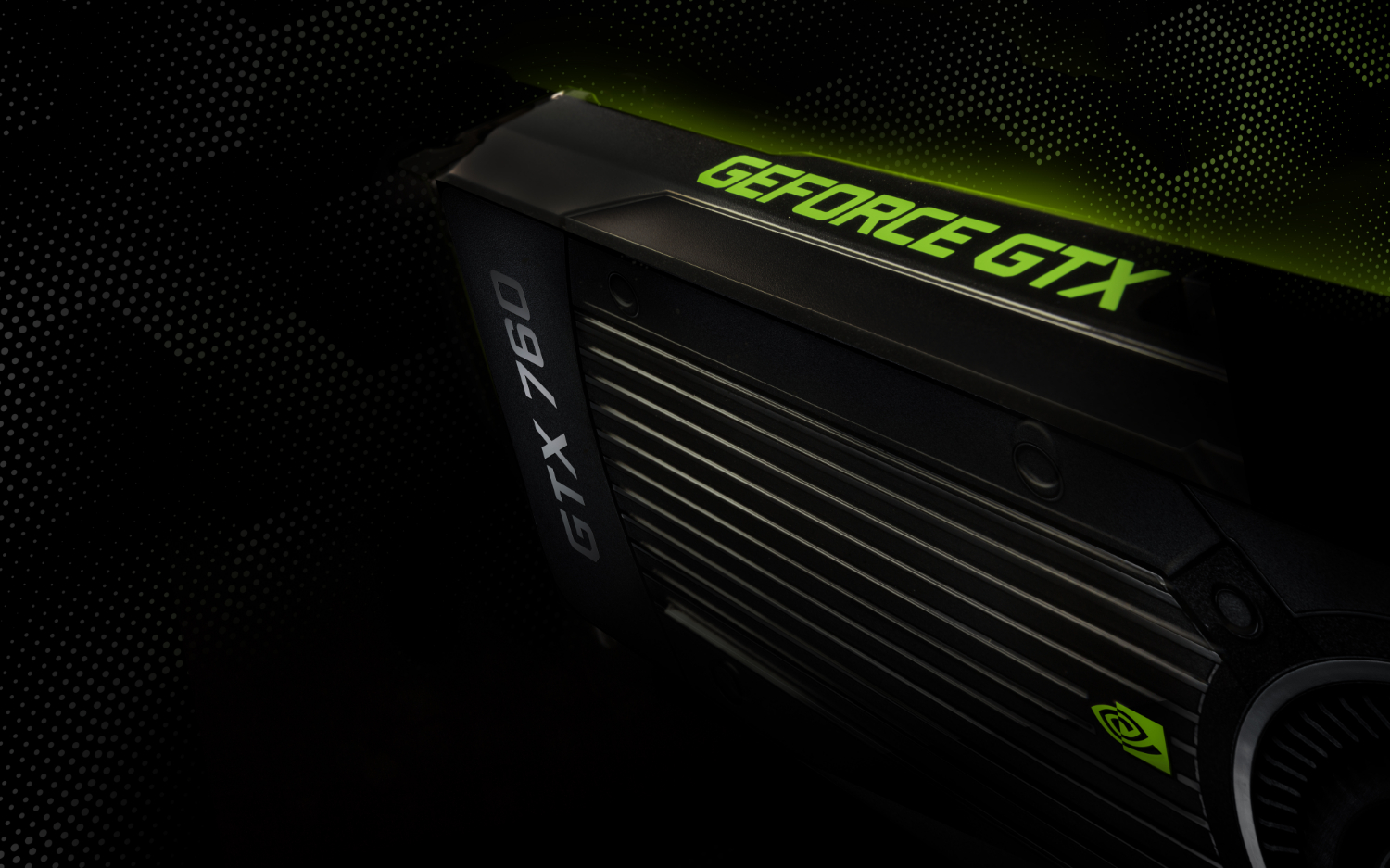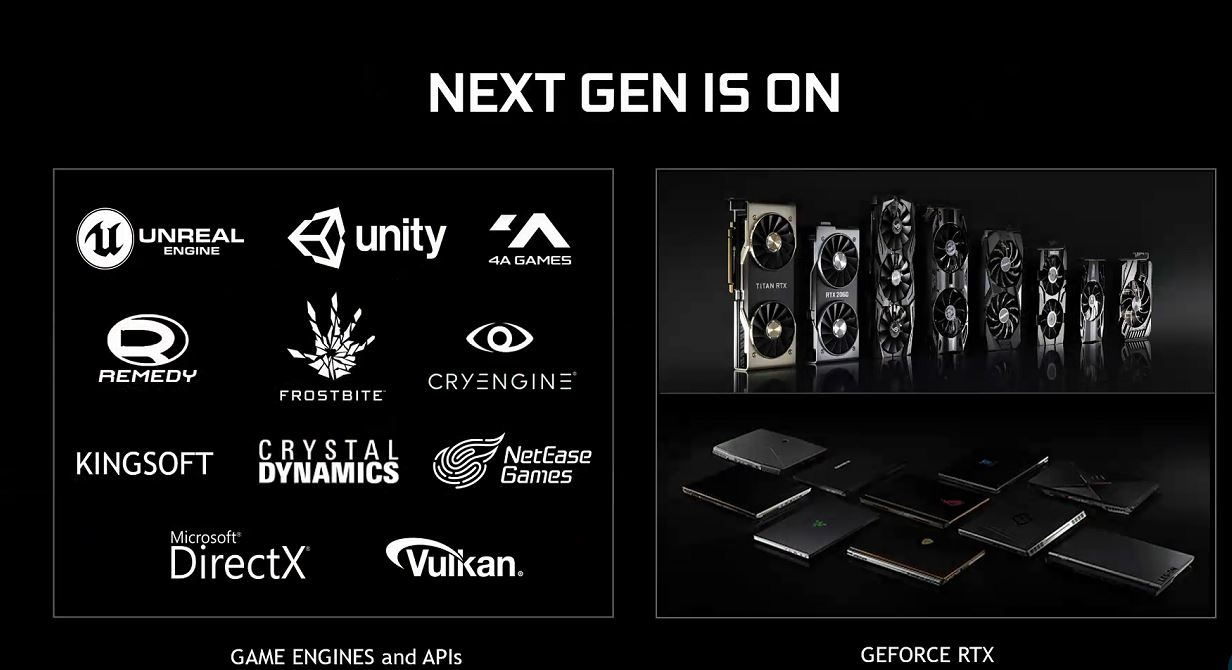Nvidia Brings Ray Tracing to GTX Cards — But There's a Catch
Nvidia announced today that it will release a driver in April that brings ray tracing effects to Pascal-based GTX graphics cards, including the GTX 1060, GTX 1070 and GTX 1080.
Ray tracing is coming to GTX graphics cards.
Nvidia announced at GDC today (March 18) that its GTX graphics cards will start supporting DXR ray tracing this April via a driver download. The image rendering technique, considered by Nvidia to be the "holy grail" for computer graphics, will soon be available on Pascal and Turing GTX cards.

GTX cards that will gain basic ray tracing effects and low ray counts include the Titan XP, Titan X, GTX 1080 Ti, GTX 1080, GTX 1070 Ti, GTX 1070, GTX 1060 6GB, GTX 1660 Ti (Turing), GTX 1660 (Turing).
That covers most of the previous generation GPUs, apart from the lower-end GTX 1050, GTX 1050 Ti and the GTX 1060 with 3GB of RAM.
In comparison, new RTX cards — the Titan RTX, RTX 2080 Ti, RTX 2080, RTX 2070 and RTX 2060 — are capable of rendering complex ray tracing effects.

As expected, enabling ray tracing effects will have a negative impact on performance, though Nvidia didn't specify how much of one. It's also important to remember that each game uses ray tracing in different ways. For example, Battlefield V, the oft-seen example for real-time ray tracing, uses it for certain reflections whereas Metro Exodus, a more graphically demanding title, uses ray tracing for global illumination, which means lights are continuously bouncing off surfaces throughout the environment.
MORE: Nvidia Ray Tracing Explained: What It Means for Gamers
Sign up to get the BEST of Tom's Guide direct to your inbox.
Get instant access to breaking news, the hottest reviews, great deals and helpful tips.
It might sound counterintuitive for Nvidia to bring the standout feature of its new cards to older products, but doing so gives developers more reason to adopt DXR, or DirectX Raytracing. DX12 Raytracing is already supported by some of the biggest game engines, including Unreal, Frostbite and CryEngine.
Before you get too excited about ray tracing for GTX cards, take note that frame rates will vary greatly depending on the game. There's a chance that some cards won't even be able to run every game that uses the rending technology. And older cards also won't get Deep Learning Super Sampling (DLSS) — a technology that uses AI to boost frame rates — because they lack tensor cores.
Nvidia will release the ray tracing drivers for desktop as well as laptop-grade (including Max-Q) GTX cards in April.
Phillip Tracy is the assistant managing editor at Laptop Mag where he reviews laptops, phones and other gadgets while covering the latest industry news. Previously, he was a Senior Writer at Tom's Guide and has also been a tech reporter at the Daily Dot. There, he wrote reviews for a range of gadgets and covered everything from social media trends to cybersecurity. Prior to that, he wrote for RCR Wireless News covering 5G and IoT. When he's not tinkering with devices, you can find Phillip playing video games, reading, traveling or watching soccer.
